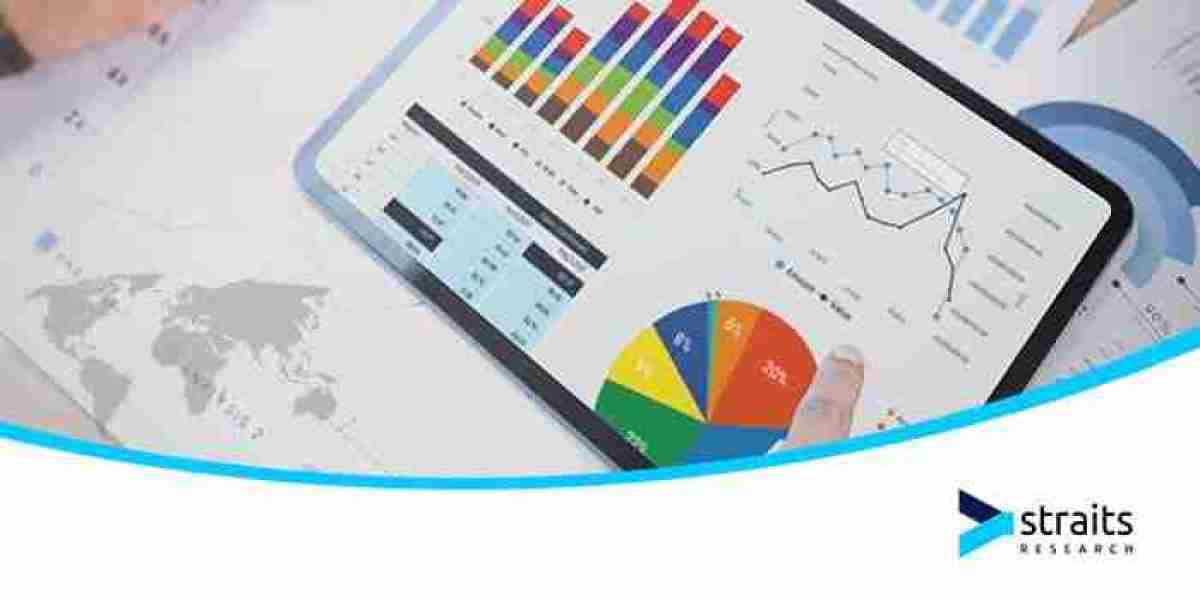The Laboratory Information Management System (LIMS) market is undergoing a technological evolution that reflects broader changes in science, healthcare, and industry. As laboratories adapt to increasing data complexity, regulatory demands, and the need for faster innovation, LIMS is positioned as a central platform for digital transformation. The future of the LIMS market lies in smart integration, advanced analytics, cloud computing, and customization to fit emerging scientific and business needs.
This article explores the key drivers, innovations, and trends that will shape the future of the LIMS market over the coming years.

Market Outlook and Growth Projections
The global LIMS market is expected to continue its robust expansion, with analysts forecasting a compound annual growth rate (CAGR) exceeding 8% through 2030. Growth is driven by:
Expanding applications in pharmaceuticals, biotechnology, and environmental sciences
Greater focus on quality assurance and compliance
Increasing volumes of data from high-throughput research and diagnostics
Adoption of cloud computing and Software-as-a-Service (SaaS) models
As laboratories embrace digital-first strategies, the role of LIMS will shift from basic data management to becoming a dynamic enabler of real-time decision-making and cross-functional collaboration.
Cloud-Based and SaaS LIMS Solutions
One of the most important trends shaping the future of LIMS is the move toward cloud-based and SaaS solutions. Traditional on-premises systems often come with high costs, complex installations, and limited scalability. Cloud-based LIMS platforms solve these issues by offering:
Rapid deployment
Lower upfront investment
Scalability for growing labs
Real-time global access to data
Automatic updates and maintenance
As data security and cloud infrastructure mature, even highly regulated sectors like pharmaceuticals and clinical research are embracing cloud-hosted LIMS platforms to support distributed teams and decentralized workflows.
Artificial Intelligence and Automation
Artificial Intelligence (AI) and Machine Learning (ML) are increasingly being embedded into LIMS platforms, transforming them into intelligent systems capable of:
Predicting maintenance needs for lab instruments
Analyzing sample data trends for quality control
Identifying anomalies in test results
Streamlining workflows through intelligent recommendations
The use of AI in LIMS allows labs to transition from reactive operations to proactive decision-making, ultimately improving accuracy, reducing turnaround time, and enhancing operational efficiency.
Integration with Emerging Technologies
LIMS platforms of the future will be characterized by their ability to integrate with a wide range of digital technologies, including:
Internet of Things (IoT): Automated data capture from sensors and instruments in real time
Blockchain: Secure data provenance and tamper-proof audit trails for compliance
Augmented and Virtual Reality (AR/VR): Training and virtual lab walkthroughs for education and troubleshooting
Advanced Analytics: Dashboards and visualization tools for performance insights and predictive modeling
These integrations will enable labs to operate with unprecedented levels of precision, transparency, and collaboration.
Personalized and Precision Medicine
In the clinical and pharmaceutical sectors, the rise of personalized medicine is reshaping how labs collect and manage data. Future LIMS platforms will need to accommodate:
Genetic and genomic data
Patient-specific information
Data from wearable and home diagnostic devices
Rapid analysis and reporting for tailored treatment plans
This shift will require LIMS platforms to be not only powerful but also flexible and interoperable, with support for HL7, FHIR, and other healthcare data standards.
Globalization and Regulatory Compliance
With research becoming increasingly global, LIMS platforms must support international compliance standards and multilingual environments. Features that will define future-ready LIMS systems include:
Built-in compliance with FDA 21 CFR Part 11, ISO 17025, HIPAA, and GxP guidelines
Region-specific data residency and privacy features (e.g., GDPR)
Multilingual user interfaces
Cross-border data sharing with secure permissions
As regulations evolve, agile LIMS solutions will be essential for maintaining operational continuity and audit readiness.
Customization and User-Centric Design
Laboratories vary greatly across industries and regions, which means a one-size-fits-all approach to LIMS is no longer viable. Future platforms will offer:
Modular architectures
Drag-and-drop workflow builders
Industry-specific templates (e.g., for forensic labs, food safety, clinical trials)
Intuitive user experiences with mobile and voice-enabled interfaces
This emphasis on customization and user-centric design will increase adoption and productivity by making LIMS more accessible to non-technical users.
Challenges and Strategic Considerations
While the future is promising, several challenges must be addressed:
High costs for transitioning from legacy systems
Data interoperability across disparate systems
Training needs and change management
Concerns about cloud security and data ownership
Vendors that provide comprehensive onboarding, hybrid deployment models, and robust security protocols will gain a competitive edge.
Conclusion
The future of the Laboratory Information Management System market is being shaped by digital transformation, automation, and the growing complexity of laboratory operations. As laboratories strive for efficiency, compliance, and innovation, LIMS platforms are evolving into intelligent, integrated ecosystems that offer far more than just sample tracking.
With ongoing advances in cloud technology, AI, and connectivity, the LIMS of tomorrow will empower laboratories to achieve faster insights, higher quality outcomes, and seamless collaboration across global networks. For vendors, service providers, and laboratories alike, staying ahead of these trends will be key to unlocking new value in the digital age of science.




